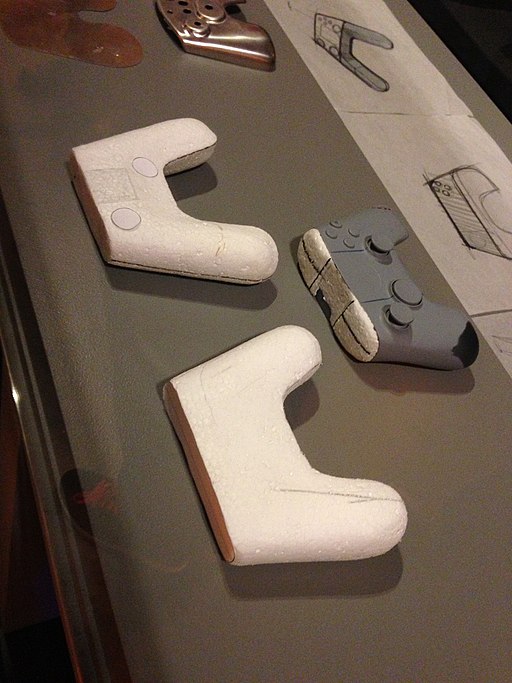A new process for a new book
So I've started writing another book and this one's going to be very different from my first and very awesome.
I'm taking what I learned about the process of writing my last book and trying to improve that process.
I'm more of a discovery writer (I'm also more of a dive-in programmer, if you remember
our talk about writing and coding styles). I do have outlining tendencies, but usually by the time I get an outline for the first half of the story—or less—I have to start writing.
I just can't figure out the rest of the story until I've written a large chunk of the beginning. Once I get a feel for the characters and the world, etc. then I can start figuring out the rest of the story. That means lots of re-writes.
But not this time. This story I'm trying something different. Here's my grand plan:
Storyboarding a book
I love how Pixar and animation studios are able to storyboard the whole story. It's not a high level overview. It's blow by blow how the movie is going to go. At the same time, it's very low quality and so quick—relatively—to create.
I'm not good at drawing and so a storyboard for me would be stick figures (although, maybe that's a good idea). So I decided to make a blow-by-blow slide presentation in Keynote with words.
So every slide is one scene and I'm trying to get down to the "he said …, she said …" level of detail. It's not going to look like a cool movie storyboard, but it's going to function the same and since words are the medium of the story, it should be helpful.
This way I can feel like I'm writing the story (thus feeding my need for discovery) and still be making an outline of the whole story. It'll be like a prototype.
Goals for this process
I want to be able to iterate quickly on the whole story. Rewriting the story took a long time last book and that was because I didn't nail down the story very well until I had written the whole first draft.
I need to feel like I'm discovery writing because that's how my brain works. Discovery writing is known for weak endings, so I'm hoping this will be a happy middle ground where I have charming characters
and a great ending.
I want something short that I can show to people and get feedback on the low-level parts of my plot without making them read a whole novel.
Progress thus far
So far I think it's better than the process for my last book, but it has it's problems.
I've iterated several times on the whole plot and I've been able to spot and fix major and minor problems with plot, characters, and setting without writing a single chapter. I've also shown it to my writing group friends and gotten good feedback on important issues.
It's hard to get to the low-level detail I want. There isn't much room on a slide and I feel like this is a quick process, so I haven't spent as much time fleshing out each scene as I originally hoped. It's basically an outline at this point.
I'm a little worried at times because it doesn't feel like I'm making progress because the word count isn't increasing. It's still at 0 and I'm a month into it.
Not having a daily word count expectation is great. I'm still progressing towards making a great story and my mind is always tinkering with it during the day, but I don't have to beat myself up when I don't get much done on it in a day. I guess this means that progress is harder to measure and easier to lie to myself about.
Experiment ongoing
I'll keep you updated with how this process works out because I think I'm on to something big … for myself at least.








0 comments :
Hey there, thanks for leaving a comment. You're a good person